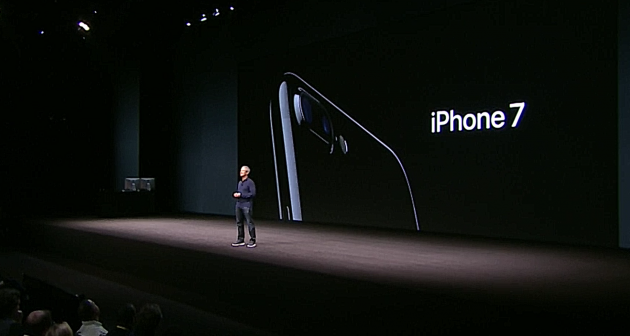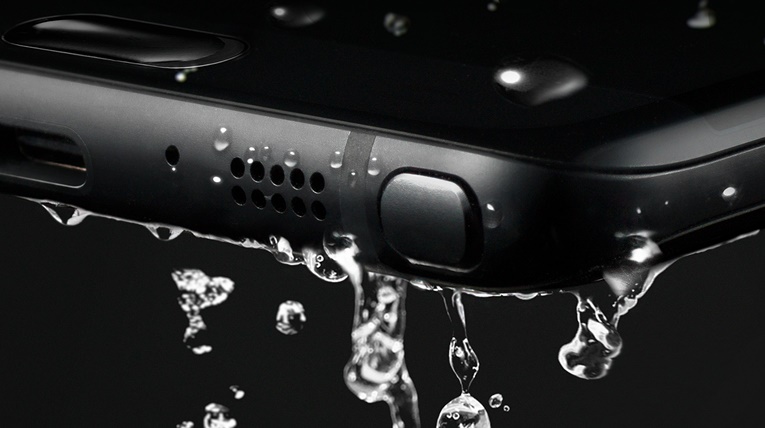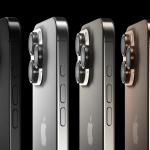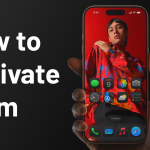IP67 & IP68 Waterproofing Phones Explained
Water”Proofing” Explained (IP67 vs IP68 and others)

For some time now we have seen the likes of Sony advertise waterproof designs in their smartphone line up. Samsung introduced the IP68 rating in their S7 / S7 Edge and even the Note 7 devices this year. It seems that Apple has joined the fray and introduced the IP67 rating in their iPhone 7 line up.
Lets take a look at the original Apple Watch with the IPX7 certification. Cupertino actually stated that “[while] the Apple Watch is splash and water resistant, [the Watch] is not waterproof. You can use the product during exercise, in the rain, and while washing your hands, but submerging Apple Watch is not recommended.”
What Does the IP67 and IP68 Actually Mean?
A lot of smartphones today have various certifications with IPXX. The first digit pertains to protection against dust particles while the second number shows the devices resistance against water. This rating system was created to inform equipment operators of how well the device or equipment is protected against the elements. The digits simply conform to the conditions summarized by the information below.
IP – International Protection marking, this is a standard created by the IEC (International Electrotechnical Comission). IP can also stand for “Ingress Protection”.
6 – The “6” in IP6X translates into “Dust Tight’. Basically this means that there is no ingress of dust. A completely sealed protection against contact. As the numbers decrease we see less protection against dust elements or a different kind of protection against physical or foreign objects coming into contact with internal hardware. For example, a number 2 would allow the equipment to be effective against fingers or smaller objects. You would see this in power outlets.
7- The “7” in IP67 is effective against “Immersion of up to 1m of water”. Important factors to consider would be the amount of depth and the amount of time submerged.
8- The “8” in IP68 is effective against “Immersion beyond 1m”. The equipment is suitable for continuous immersion in water under conditions which must be specified by the manufacturer. Generally equipment with the IP68 rating should be fully sealed. However, sometimes devices such as smartphones could allow water to enter certain spaces but create zero harmful effects.
Samsung, for example indicated that the S7 and S7 edge is protected up to watery depths of 1.5 meters (5 feet) for up to 30 minutes. This is quite amazing for a smartphone device. This would be the manufacturers specification users must understand.
Apple’s iPhone 7 has a slightly lower rating of IP67. This means that the phone will survive depths of up to but not exceeding 1 meter and for a time limit of generally around 30 minutes.
Important Notes on Wear and Tear and Pressure
It is important to note that because Smartphones are very sturdy yet at the same time contain extremely delicate hardware we need to be mindful of a few things. First, these mobile devices are not water PROOF. Rather, they are water resistant. One must be mindful that this certification is not everlasting physically on the device. We will see wear and tear occurring on your phone as you use and drop it. Wear and Tear will compromise the integrity of your IP rating.
Another important aspect to consider is the type of force the liquid’s impose upon your phone. Though the phone should survive calm waters it cannot resist against water jets that make contact with your phone directly with force. There are other non smartphone equipment with stronger IP ratings that can resist extremely high pressures of water but our smartphones will not survive that at all. As the device sinks lower into deeper depths the seals that protect your internals can easily break due to increased water pressure. If the device is held under a stronger pressurized amount of water, you may see issues occurring.

What Device would be Truly Water Proof?
If you want a device that can withstand outdoor activity and other extreme activities you should look out for the IP68 + MIL-STD 810G certification. This enables your phone to withstand low pressure altitudes, high temperature, low temperature, contamination by fluids, solar raiation, humidity, salt fog, sand, dust, and a wide range of environmental conditions.
The MIL-STD 810 is extremely effective for those who enjoy outdoor recreation, extreme sports and for those who work in skill trades such as construction. These phones may be recognized as “rugged” phones.
Final Thought’s
While it is great to see manufacturers utilize ingress protection certification in their manufacturing design process it is important to note that our devices, still need our care. Get informed, look up all information online and really try to see past marketing facades.



